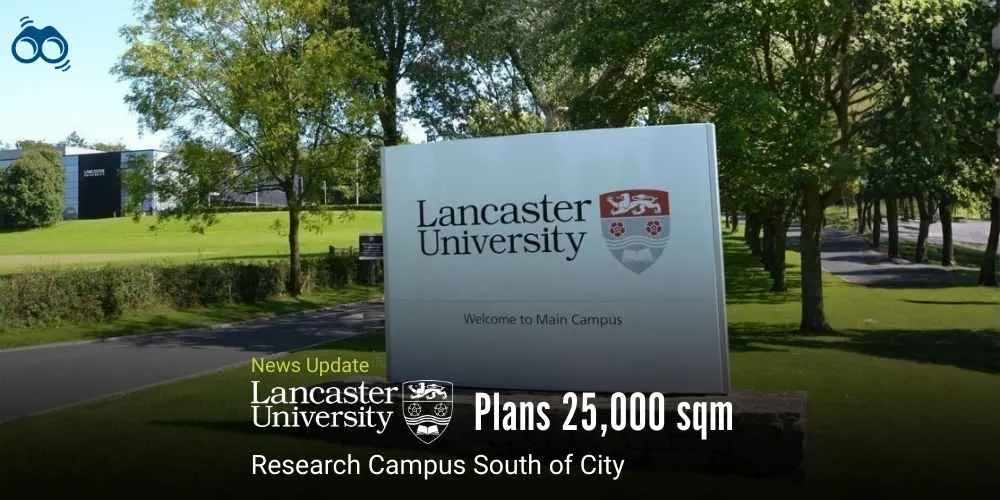North Carolina’s St. Andrews University to Cease Operations, Citing Financial Instability
Global Higher Education Faces Another Blow as St. Andrews University Announces Closure
Universities worldwide faced closures due to a combination of financial, societal, and operational challenges. Rising costs, unsustainable debts, and declining enrollment often created financial instability, particularly for institutions heavily reliant on tuition revenue. Financial distress—such as high debt, tuition dependence, and operational cost pressures—accounted for approximately 70% to 80% of closures, making it the leading cause.
St. Andrews University originated in 1958 when Flora Macdonald College for Women and Presbyterian Junior College merged to form the institution. Webber International University acquired it in 2011. The announcement of St. Andrews University's closure highlighted the growing financial challenges faced by educational institutions globally. Despite efforts to provide affordable, high-quality education, the university succumbed to rising costs, declining enrollment, and unsustainable debt. This reflected a broader crisis in higher education, where about 4.2% of universities have closed in recent years due to financial instability, emphasising the urgent need for sustainable solutions to protect academic excellence and accessibility.
On April 25, St. Andrews University announced that it would shut down next week due to financial difficulties deemed impossible to overcome. President Tarun Malik stated that the North Carolina campus, a branch of Florida-based Webber International University, had worked for years to offer affordable, high-quality education, but leaders concluded it could no longer remain financially sustainable.
Enrollment at St. Andrews grew from 635 in 2013 to 832 in 2023, yet this increase failed to stabilise operations. Its financial troubles were tied to the parent institution, Webber International University, which faced serious viability concerns after an audit revealed $10.2 million in liabilities exceeding assets by May 2023. Despite Webber growing its student population from 715 to 930 between 2013 and 2023, its financial issues persisted.
The audit also revealed that Webber had a small endowment, valued at just $8.6 million in the most recent financial report. Additionally, St. Andrews faced further financial strain due to the lease arrangement for its campus. After selling the property in 2011, the university leased it back, paying $780,705 in rent in 2023, according to financial records. Ultimately, the closure of St. Andrews University represents a significant loss for the academic community and highlights the critical need for financial sustainability in higher education.
Editor's Note:
The closure of St. Andrews University highlights the growing financial vulnerability in higher education, with financial distress accounting for 70% to 80% of institutional shutdowns. Despite rising enrollment and years of effort to sustain operations, St. Andrews was unable to overcome mounting costs, declining revenue, and structural challenges. This reflects a broader global trend, signalling the urgent need for universities to adopt sustainable strategies that safeguard academic integrity and ensure long-term access to education. To address these challenges, institutions are exploring solutions such as revenue diversification and cost optimisation. Arizona State University has expanded online programs to attract a global student base, while the University of Helsinki partners with industries to fund research. The University of California system has implemented energy-saving initiatives, and universities are increasingly aligning academic programs with labour market demands. Additionally, institutions like the University of Melbourne have established financial resilience teams and emphasised transparent communication.
As noted by Skoobuzz, the closure of St. Andrews serves as a wake-up call for universities to embrace innovation and long-term financial planning.














0 Comments (Please Login To Continue)